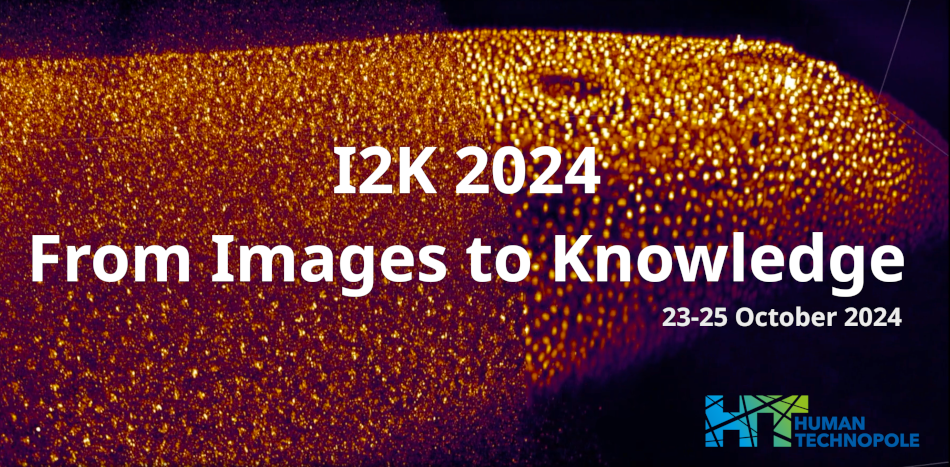Speaker
Description
Chromosomal instability (CIN) is a hallmark of cancer that drives metastasis, immune evasion and treatment resistance. CIN results from chromosome mis-segregation events during anaphase, as excessive chromatin is packaged in micronuclei (MN). CIN can therefore be effectively quantified by enumerating micronuclei frequency using high-content microscopy. Despite recent advancements in automation through computer vision and machine learning, the assessment of CIN remains a predominantly manual, time-consuming, and imprecise labor, which limits throughput and may result in interobserver variability. Here, we present micronuclAI, a novel pipeline for automated and reliable quantification of micronuclei of varying size, morphology and location from nuclei-stained images. The pipeline was evaluated against manual single-cell level counts by experts as well as against routinely used micronuclei ratio within the complete image. The classifier was able to achieve a weighted F1 score of 0.937 on the test dataset and the complete pipeline can achieve close to human-level performance on various datasets derived from multiple human and murine cancer cell lines. The pipeline achieved an R2 of 0.87 and a Pearson’s correlation of 0.938 on images obtained at 10X magnification. We also tested the approach on a publicly available image data set (obtained at 100X) and achieved an R2 of 0.90, and a Pearson’s correlation of 0.951. By identifying single cell associated biomarkers, our approach enhances accuracy while reducing the labor-intensive nature of current methodologies. Additionally, we provide a GUI-implementation for easy access and utilization of the pipeline.
| Authors | Miguel A.Ibarra Arellano*, Lindsay A. Caprio, Aroj Hada, Niklas Stotzem, Luke Cai, Shivem Shah, Johannes C. Melms, Florian Wünneman, Benjamin Izar, Denis Schapiro |
|---|---|
| Keywords | chromosomal instability, cancer, micronuclei, deep learning, methods |

